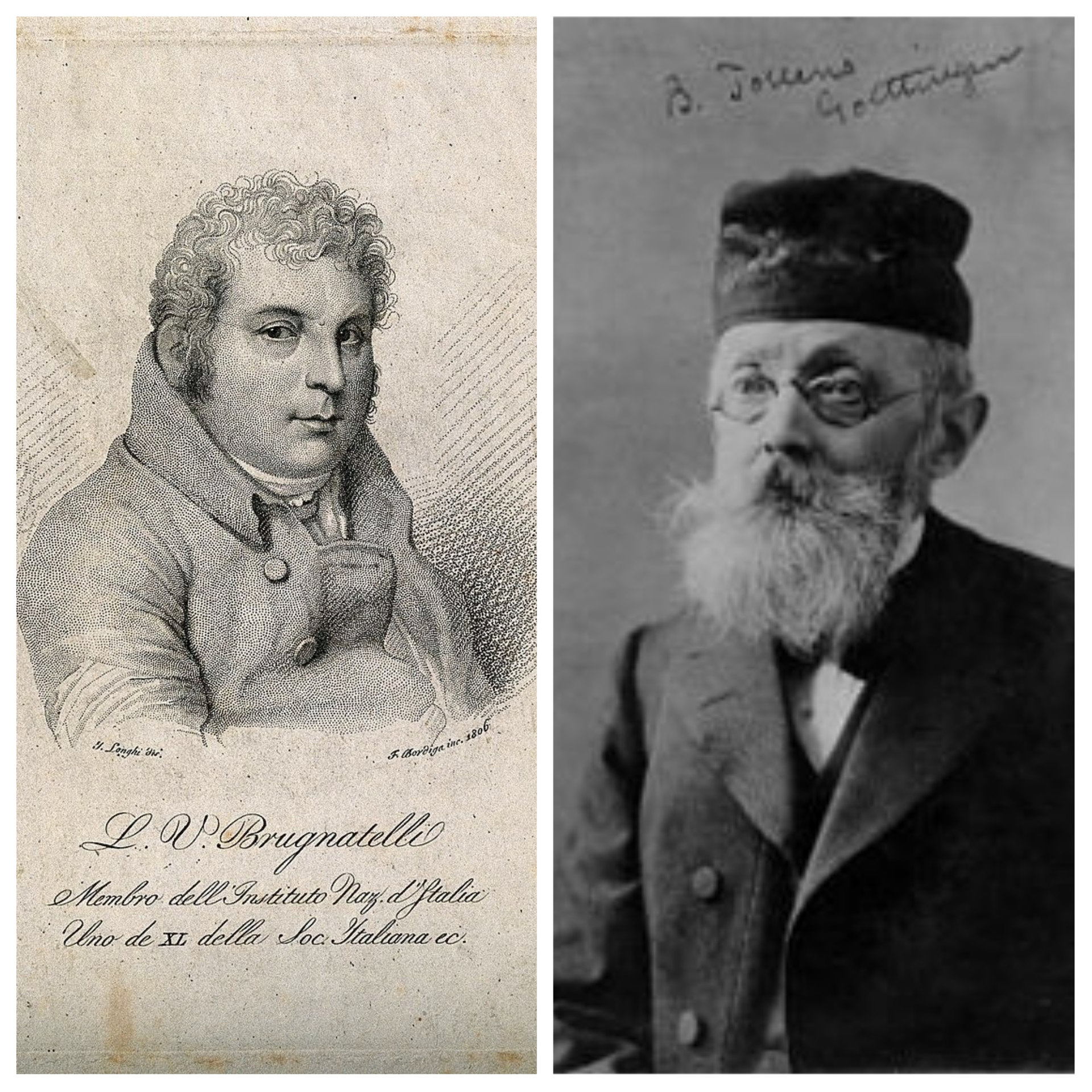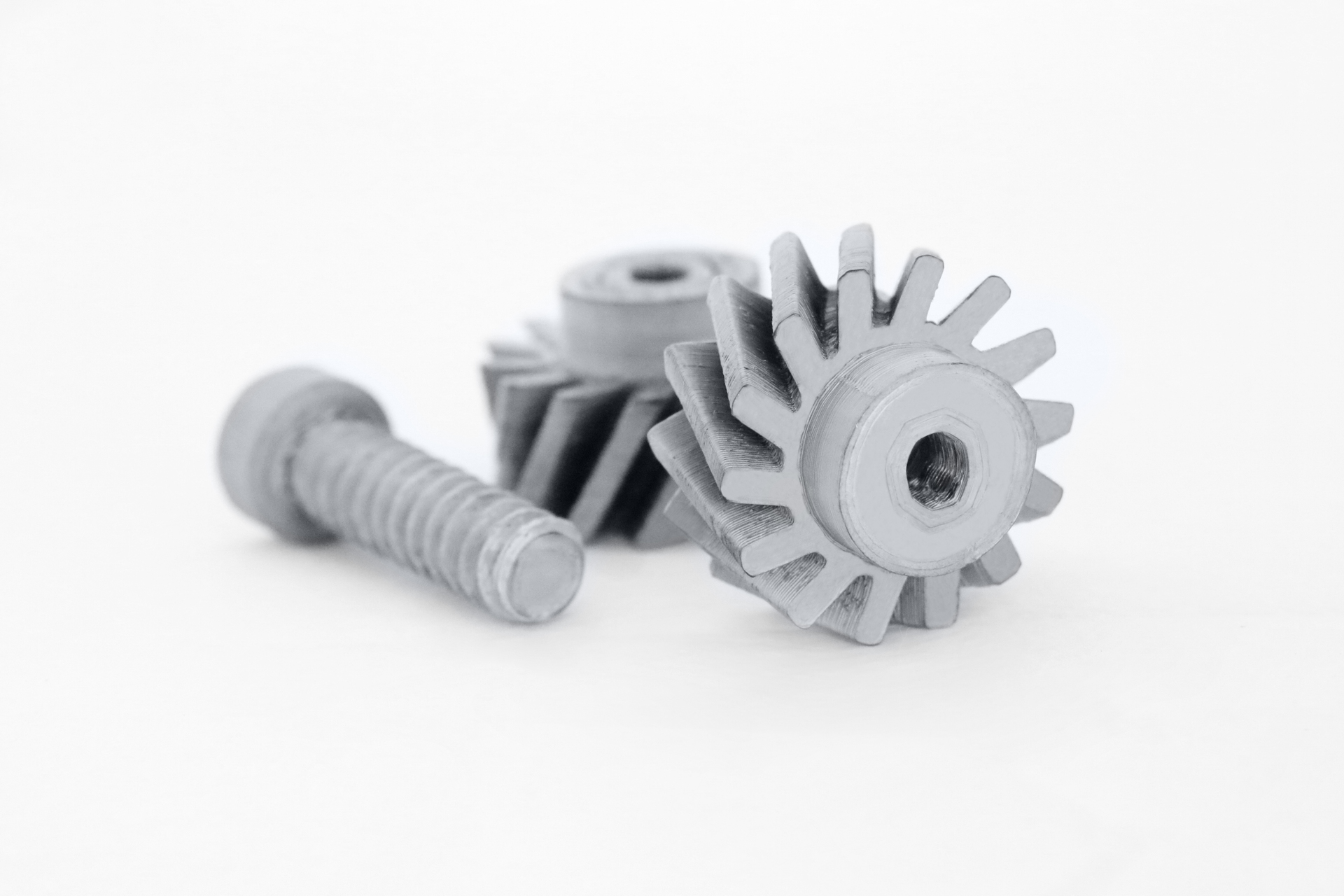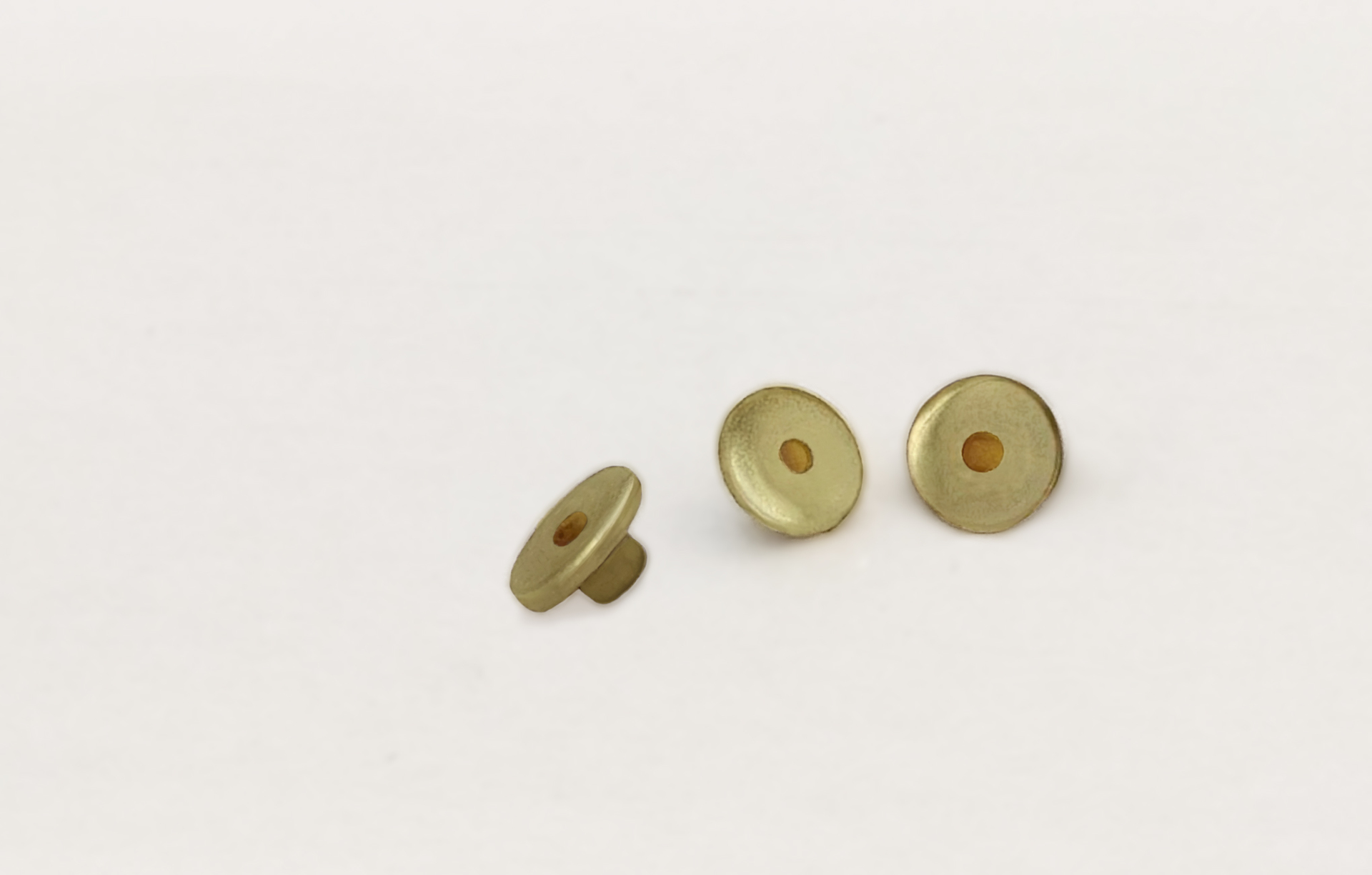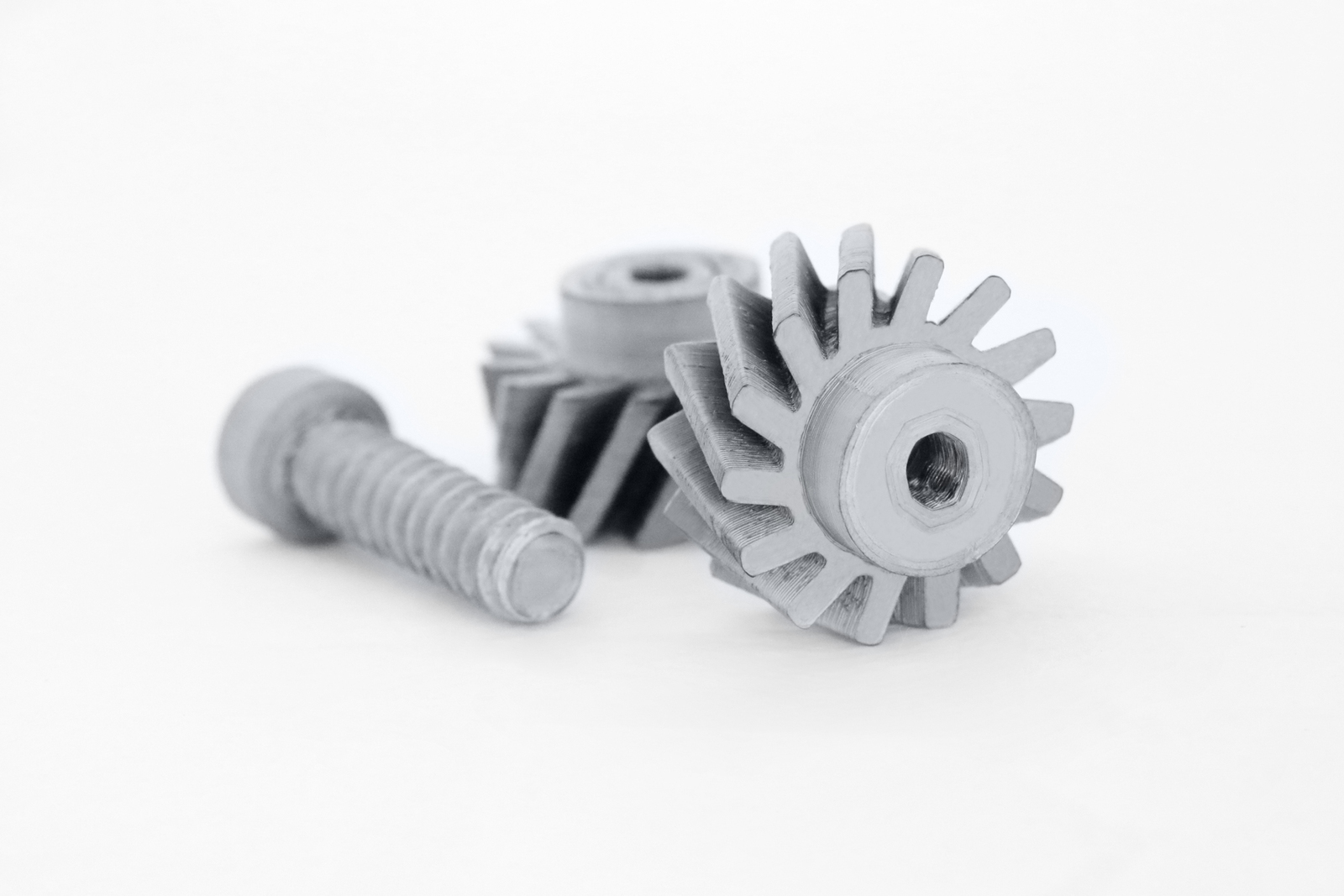What do XV-century cathedral domes, XVIII-century candlesticks and modern motorcycle parts have in common? The answer is plating. It is a centuries-old manufacturing process of creating a thin layer of metallic coating on an object, used for decoration, corrosion prevention or improving the physical and mechanical qualities of the surface. Almost any metal can be plated. However, the most common industrial plating metals are silver, gold, copper, nickel, chrome, platinum, palladium, cadmium, zinc and different alloys.

Plating can be roughly divided into electroplating and electroless techniques. The first goes back as early as 1805, when the first metal layer deposition assisted by an electric current was performed by an Italian chemist Luigi Valentino Brugnatelli. The technique was quickly appreciated by Russian architects, who used electroplating to coat their famous hemispherical cathedral domes with gold.
Electroless plating, as the name would suggest, does not require electric current, and occurs due to the chemical reactions inside the plating bath. One of the pioneers of this process is considered to be a German chemist Bernhard Tollens, whose notorious mirror creating reaction is still demonstrated to wide-eyed chemist undergrads all over the world.

Luigi Valentino Brugnatelli and Bernhard Tollens
Both of the approaches on the industrial scale, however, involve going through several cleaning, metallization and polishing steps. Many of these steps involve dipping of the object either into cleaning chemicals (acids, bases) or a plating solution with metal ions. The plating is therefore done in rows of chemical baths, and the process uses up many liters of harsh and often toxic chemicals. Other common requirements for plating are high temperatures or high electric currents. All of those make electroplating unfavorable to the environment.
But the environmental enthusiasts should not despair. Even though the plating industry is literally more than one hundred and fifty years old, it is still looking for innovations. And there have been some exciting ones, e.g. brush electroplating which provides greater control over which areas are plated, or room-temperature direct immersion gold. Another greener alternative to electroplating processes is OrelTech’s cold plasma metallization.

ABS Silver-plated conductive parts, by OrelTech
During this process, the metal is deposited not due to high electric current or the presence of toxic chemicals, but because of the effect of cold plasma - a fast, energy saving and gentle technique, used in many industries, namely electronic and medical. Cold plasma turns OrelTech’s special metallization inks into very thin layers of metal - silver, gold, platinum, palladium and some others are available. During the process the integrity of the substrate is completely preserved which opens up new directions for the plating industry. OrelTech’s inks work especially great with plastics like PET, ABS or PEEK, have excellent adhesion and visual characteristics.
Introducing OrelTech’s technology to plating services could improve not only worker safety, but also impose changes on the manufacturing process itself, as well as boost cost-effective production in some cases. Last, but by no means least, OrelTech’s technology opens the door to plating of materials that can not withstand current harsh plating conditions, primarily different, more cost-efficient and environmentally safe types of plastics.

Gold-plated conductive ABS electrodes, by OrelTech
Below are a few of more specific cases, in which OrelTech‘s cold plasma metallization process could benefit the plating industry.
Case A: Printing instead of stop-offs
During the process of electroplating, if there are some areas on the substrate that need preserving, stop-offs are applied to isolate the area from coming into contact with the electrochemical bath. Stop-offs are typically materials like tapes, foils, lacquers, and waxes. With our technology, only the area that should be plated can be covered through printing, leaving the rest of the area intact.
Case B: Strike or flash
Strike or flash is an initial thin metallic layer which is deposited as a foundation to improve adhesion to the surface of the metals in cases where their adhesion to the substrate is poor. OTech inks have an excellent adhesion to many surfaces, including plastics and therefore can be used as strike material of choice.
Case C: Barrel plating
Barrel plating is used for plating of high volume of small objects. The objects are placed in a barrel and subjected to a chemical bath during the plating process. OrelTech has recently tested with our partners from the plasma machine industry exactly this type of process. We have inserted a large quantity of 3D printed objects in a barrel equipped with plasma. The 3D pieces have been spray coated with OTech Aero inks and cured with plasma for 5 minutes. The process has produced a batch of uniformly coated 3D objects with silver. The added benefit of this type of coating is that there is no chemical waste in this case.
Plasma Metallization Process In Real-time by OrelTech
To summarize, plating is a very important and established industry, but even an old dog should sometimes learn new tricks. And OrelTech’s cold plasma metallization process is a pleasure to learn.
For the details on our technology and plasma technology please follow the links:
Quick summary of OrelTech’s technology:
https://oreltech.com/#technology
An in-depth FAQ:
Benefits of the plasma process:
https://oreltech.com/posts/24-ubiquity-and-benefits-of-plasma-systems
OrelTech’s product portfolio:
Dr. Kristina Lovrek
Image sources:
https://en.wikipedia.org/wiki/Cathedral_of_the_Annunciation,_Moscow
https://en.wikipedia.org/wiki/Candlestick
https://en.wikipedia.org/wiki/Chrome_plating
https://en.wikipedia.org/wiki/Luigi_Valentino_Brugnatelli
https://en.wikipedia.org/wiki/Bernhard_Tollens
The rest: OrelTech
